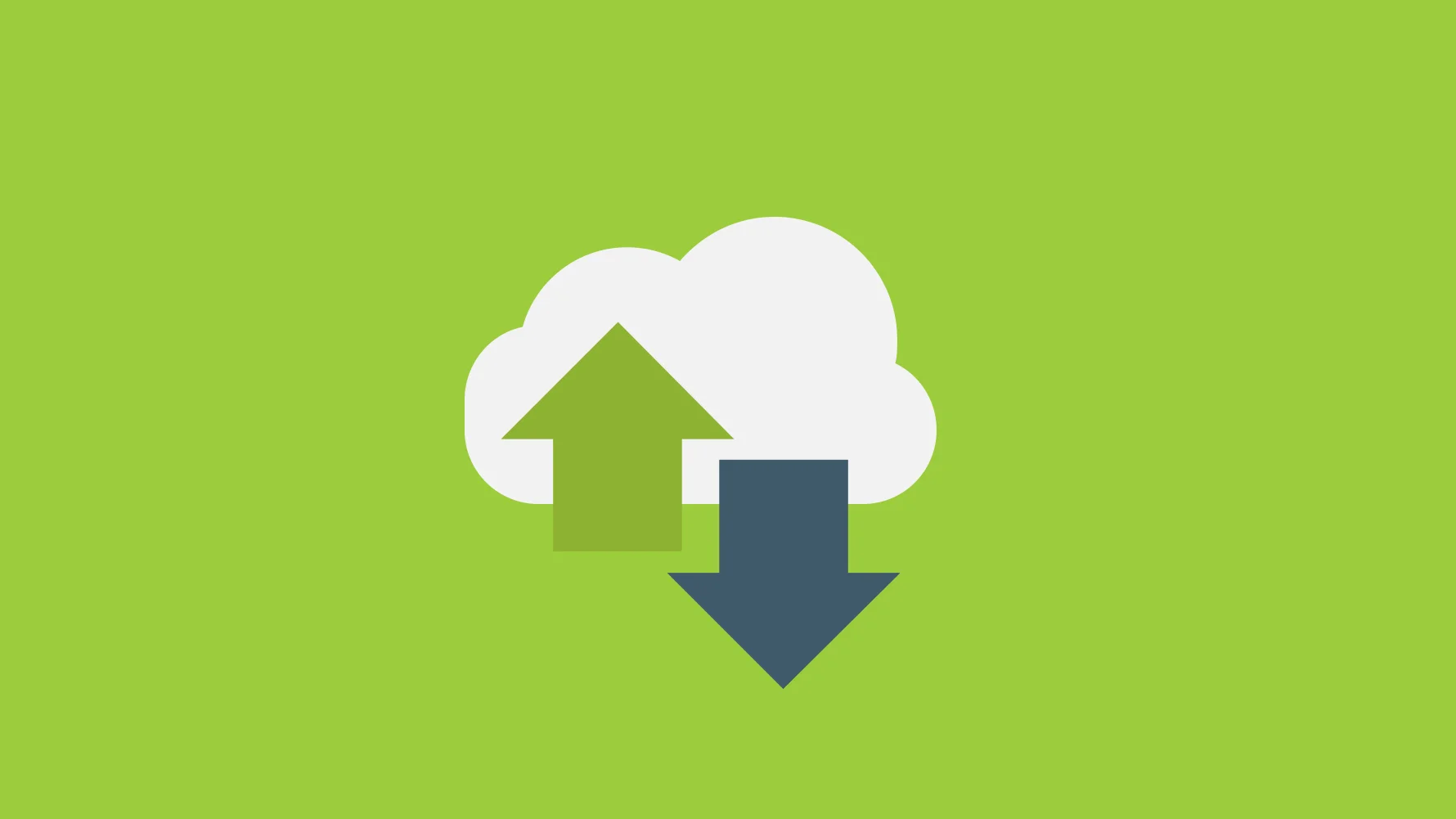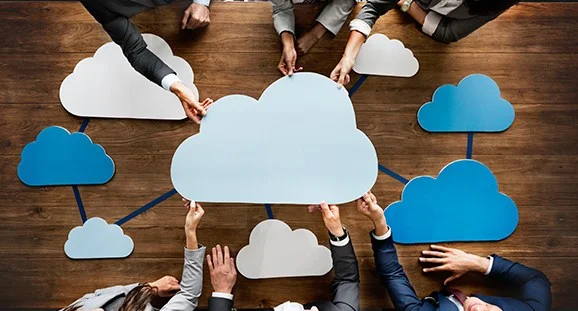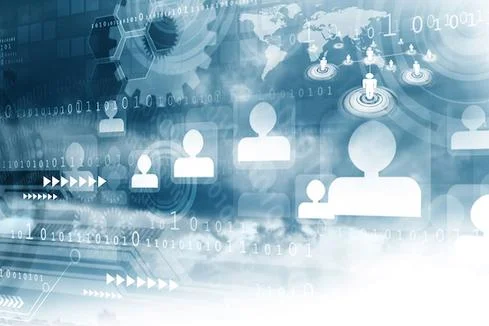The cloud refers to using off site computing resources and storage to supplement or even replace the use of on-site/in-house resources. Instead of buying hardware and software to support your business, you are basically outsourcing this set of tasks.
There are 4 benefits for the small firm and today we will look at the first 2.
Elasticity – With onsite computing, if you need additional capacity you have no choice but to purchase that capacity in discrete steps, which means bearing the costs of being over-capacity for a period of time until growth catches up. Onsite computing also means you must have the capacity to handle your own peak computing and storage demands, and resources may go underutilized much of the time. The cloud allows complete elasticity in the utilization of computing resources. You buy only what you need, as you need it. You can grow or downsize as the business demands.
Pay as you go – On-site hardware involves significant capital expenditures. The cloud allows you to pay for only what you use. The cloud also allows you to benefit from economies of scale that aren’t available using the in-house model. Labor, equipment and maintenance expenses are shared across a vast pool of users.
In the next few weeks, we’ll return to this subject to look at other ways the cloud brings efficiencies to your technology infrastructure that you could never achieve on your own.





